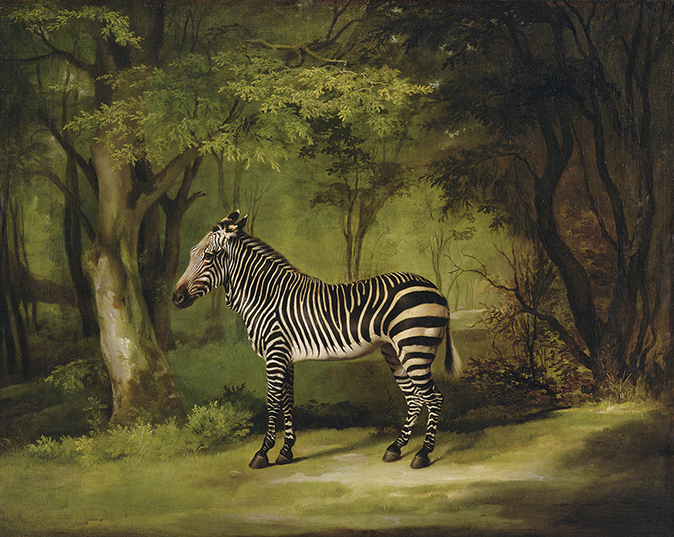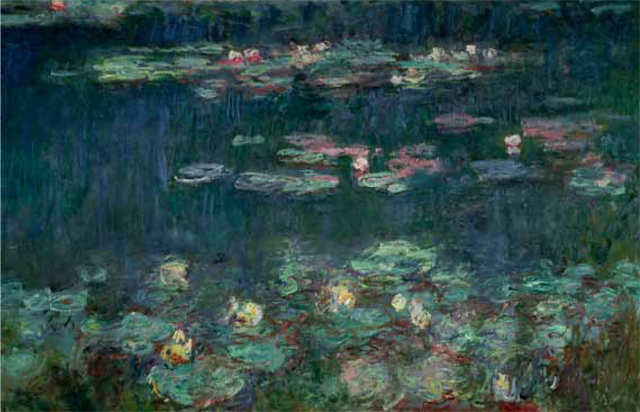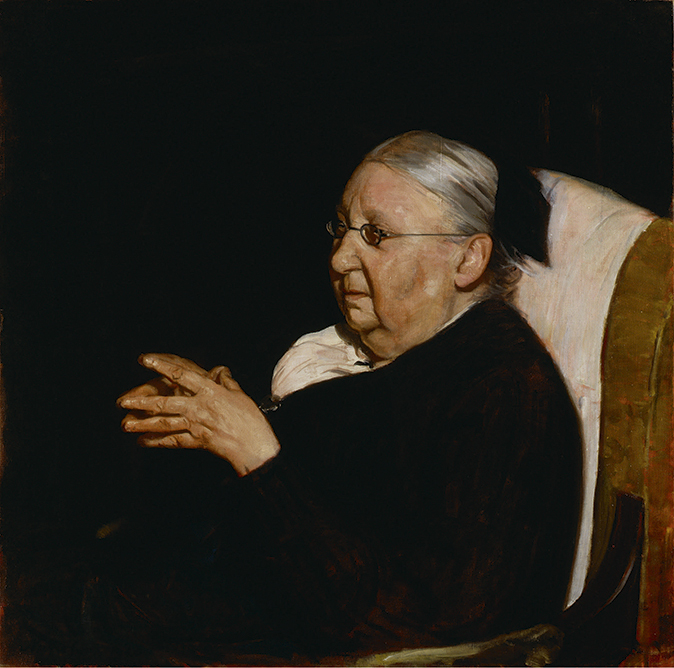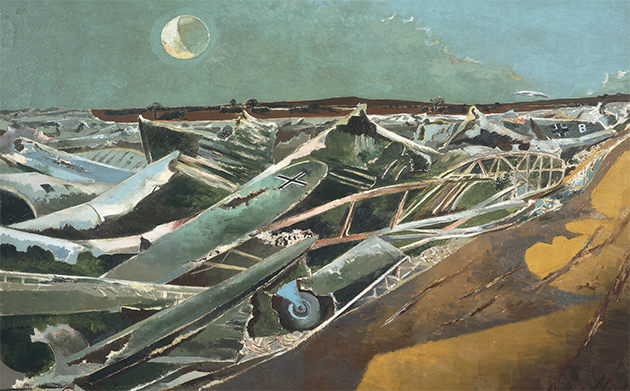My Favourite Painting: Pierre Lagrange
Huntsman's owner Pierre Lagrange picks Dürer's 'Self-portrait at 28'.



Pierre Lagrange on Dürer's Self-portrait at 28:
‘This is a masterpiece of human craftsmanship and timeless aesthetics. Strangely, I have never seen the painting, but I have a postcard of it in my dressing room and can perfectly visualise three things: the serenity of the visage, framed in a symmetrical, yet not mechanical, perfection by those long, golden curls; the extraordinary modernity of Dürer’s signature – a trapeze A with a D and the date embedded–timeless again, with a touch of Art Deco meets Gothic; and, lastly, the incomparable dark glaze of the oil-painted background, which gives dramatic depth to the composition and enhances those details. You could remove the subject and keep the background and it would be a very powerful modern painting .’
Pierre Lagrange is founder of the hedge fund GLG Partners and chairman of Savile Row tailor Huntsman
John McEwen's analysis:
Dürer was the greatest Master of the Northern Renaissance. He was the first artist to establish himself, due to his prints, as an international star and the first to create, among other innovations, the genres of landscape and self-portraiture. That this is the first time he has been chosen as a favourite painting demonstrates, perhaps, our English love of the warm south.
He was born and raised in Nuremberg, son of a Hungarian goldsmith who had married, aged 40, his master’s 15-year-old daughter Barbara, thus earning citizenship. Soon after, he, too, became a master – considerable prizes in such an important cultural and trading centre. Barbara bore him 18 children, of whom three survived into adulthood.
After a solid schooling and spell in his father’s workshop, the younger Dürer opted, at 15, for painting and became apprenticed to Michael Wolgemut.
By 28, when he painted this, his third self-portrait, he considered himself at the height of his powers, not least because, in medieval times, 28 was regarded as the zenith of a man’s life – the age when he passed from youth to maturity and possessed his greatest physical and intellectual strength.
For Dürer, European fame had already been won. The inscription reads: ‘Thus I, Albrecht Dürer of Nuremberg, painted myself with indelible colours at the age of 28 years.’
Exquisite houses, the beauty of Nature, and how to get the most from your life, straight to your inbox.
The full-frontal pose and long, symmetric-ally divided hair recall traditional images of Christ in late-medieval art. This was not vainglorious, but a declaration of faith; artistic skills, as are all man’s talents, are God-given. Dürer felt no need to paint another self-portrait in ‘indelible’ paint on panel. He had confirmed the zenith of his powers.

My favourite painting: Amy Meyers
'Stubbs’s portrayal is one of the subtlest and most poignant commentaries on the troubling displacements that were accruing from the

My Favourite Painting: Lulu
Lulu chooses her favourite painting for Country Life.

My favourite painting: Peter May
'Vividly coloured sailing boats in a harbour, which I gazed at for hours'

My favourite painting: Penelope Lively
'I love William Nicholson’s work. His still-lifes are incomparable.'

My favourite painting: Nicholas Coleridge
Nicholas Coleridge chooses Maharana Jagat Singh attending an elephant fight by Syaji and Sukha as his favourite painting

My favourite painting: Robert Macfarlane
Robert Macfarlane chooses his favourite painting for Country Life.
Country Life is unlike any other magazine: the only glossy weekly on the newsstand and the only magazine that has been guest-edited by His Majesty The King not once, but twice. It is a celebration of modern rural life and all its diverse joys and pleasures — that was first published in Queen Victoria's Diamond Jubilee year. Our eclectic mixture of witty and informative content — from the most up-to-date property news and commentary and a coveted glimpse inside some of the UK's best houses and gardens, to gardening, the arts and interior design, written by experts in their field — still cannot be found in print or online, anywhere else.
